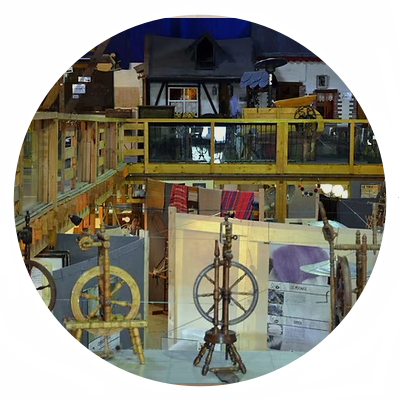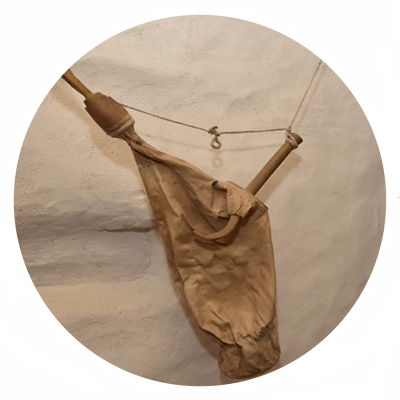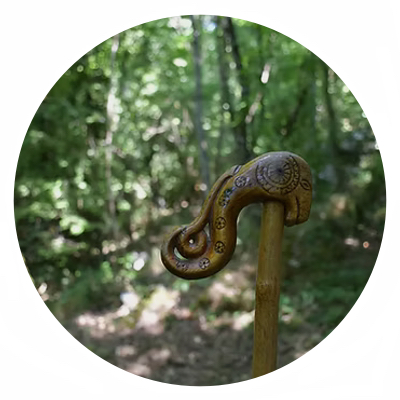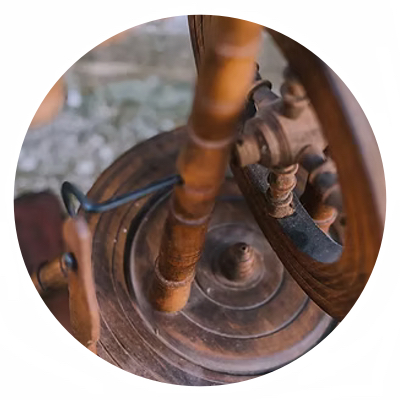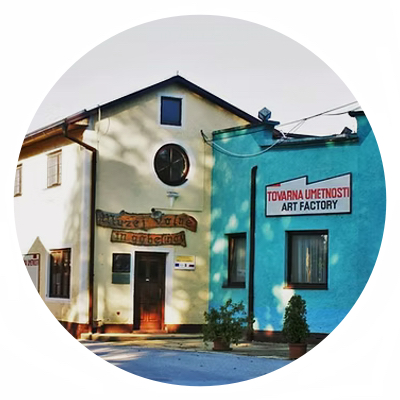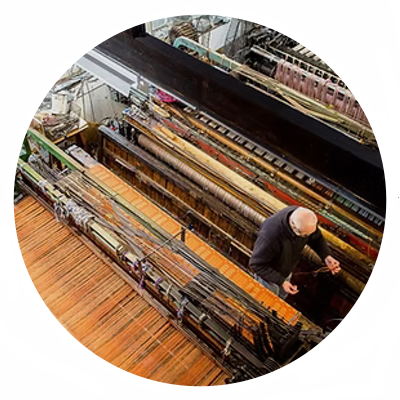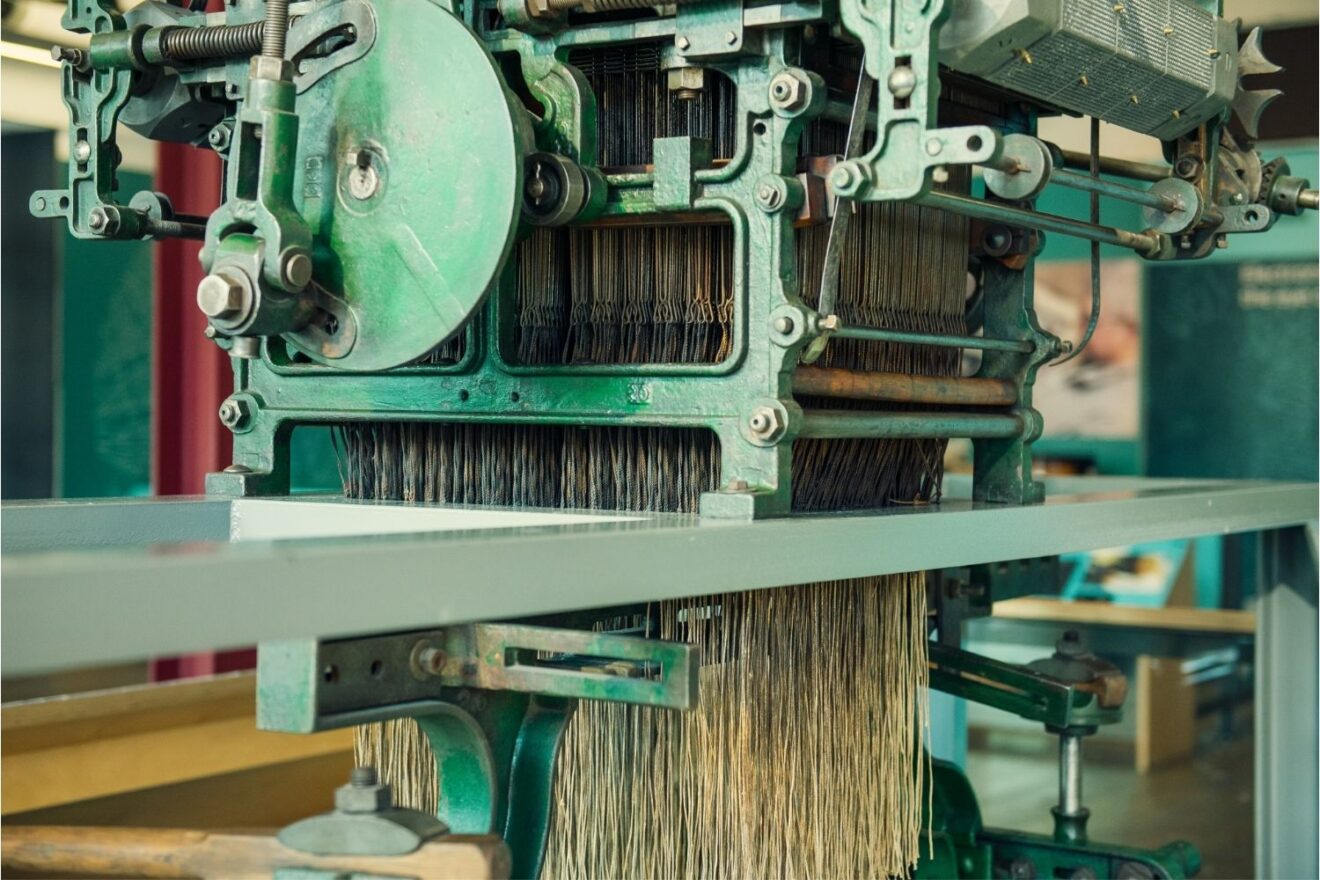
A think tank studying a prototype of wool museum
to repeat in different locations in Europe.
The EWE Foundation (European Wool Exchange) aims at defining the prototype of a comprehensive learning facility to illustrate the importance of wool and to increase awareness about it.

It is at the same time an artisan production site and an educational place.
More than a traditional “museum of wool” the EWE Foundation model (working title “the village of wool”) is a multifunctional area open to visitors of all ages and fully integrated in the local territory, as well as easily reproducible in any part of Europe.
Essential components of a “EWE village of wool” are:
- A small “didactic farm”, with real sheep and other animals. The farm hosts different educational events on wool during the year (shearing, lambing, etc);
- A wool collection centre, in constant interaction with the breeders of the surrounding regions;
- A facility for pelletizing greasy (unprocessed) wool into organic fertilizer;
- A facility for scouring (the correct term to define a process which is much more than just washing) wool;
- An in-house carpet weaving mill to process sheep wool as a natural building and gardening material for insulation, as it retains heat against cold and dump;
- A laboratory for felting the wool, dye it and produce art crafts, with a section dedicated to children (kids felting club);
- A laboratory to produce sheep milk cheese and to sell other natural and local products like honey, marmalades, etc;
- The proper “museum of wool” with historical and local exhibition objects, interactive learning stations, cinema room for documentaries and films;
- A cafeteria;
- A children playground.
Intellectual property of the EWE Foundation, Nicosia, Cyprus – April 2021.

